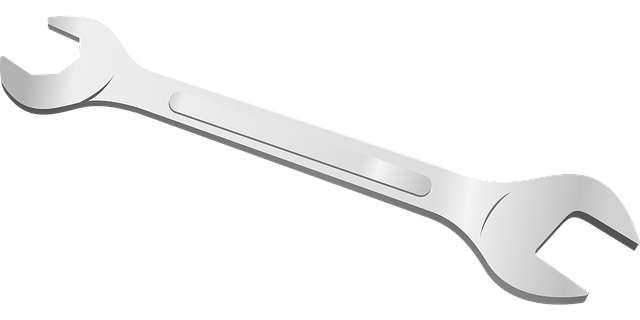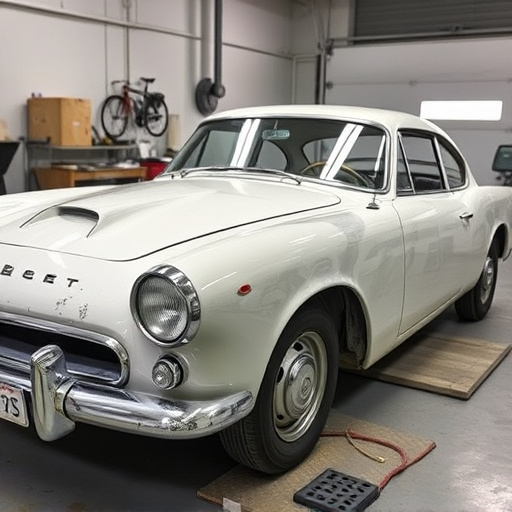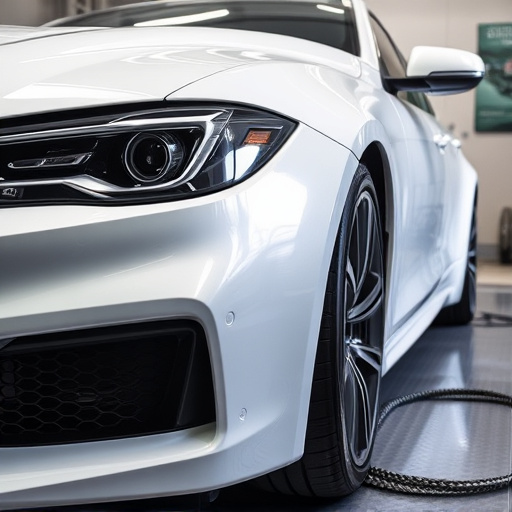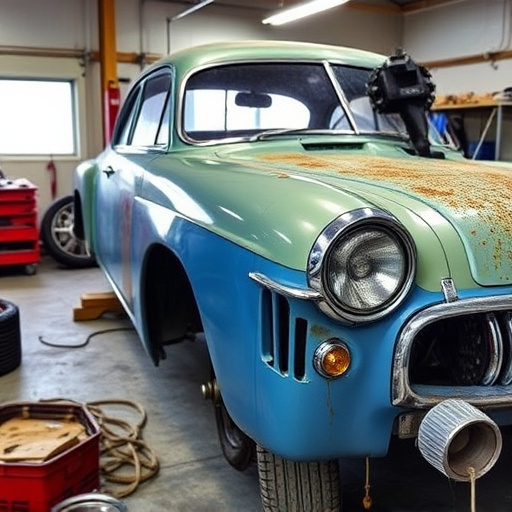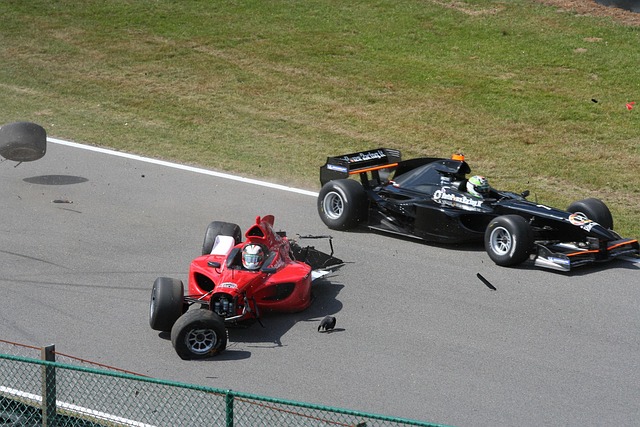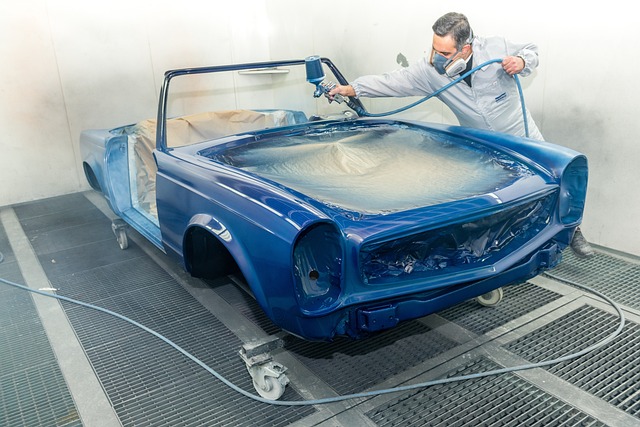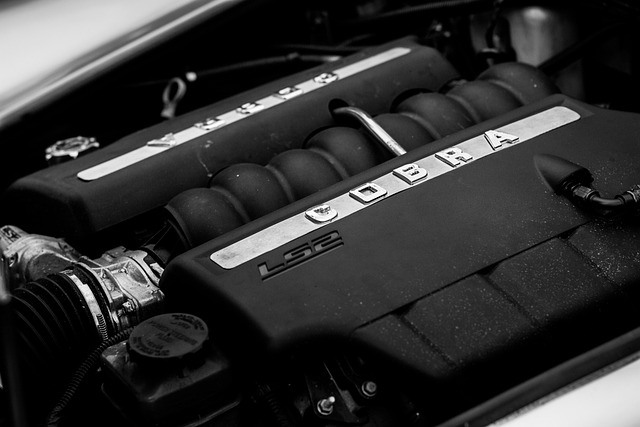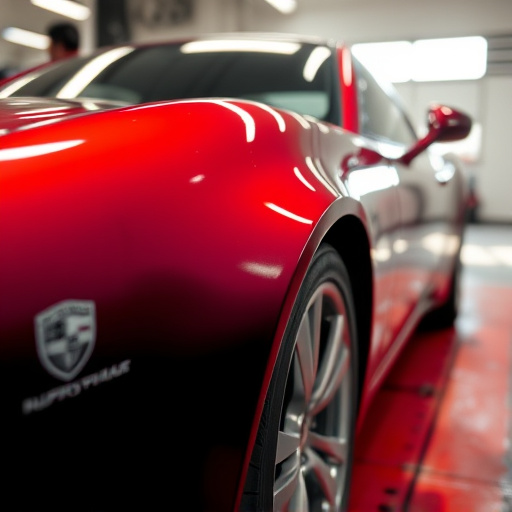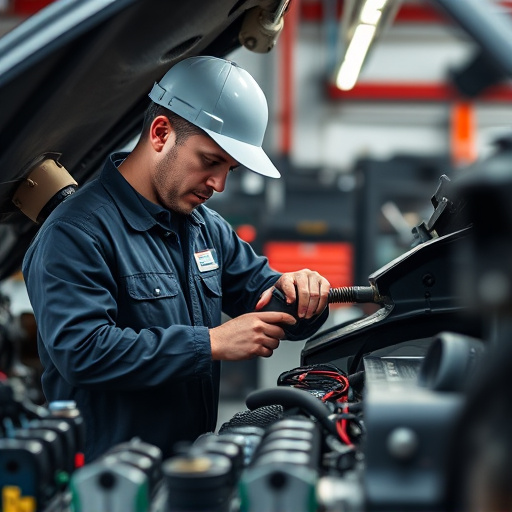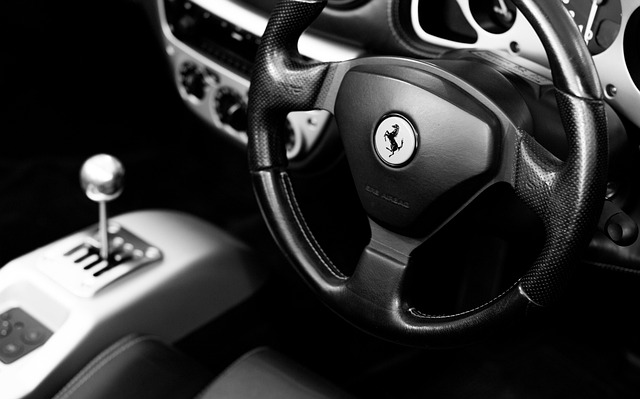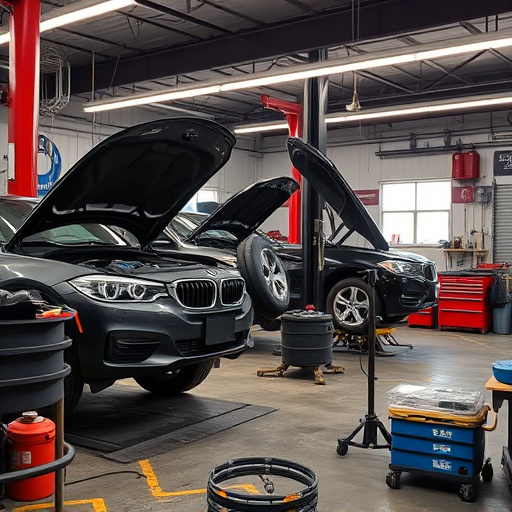PDR pricing depends on damage extent, accessibility, and technician experience. PDR, a non-invasive method restoring original paint, costs vary based on dent size, vehicle type, and repair complexity. Customers consider direct investment, waiting time, inconvenience, and long-term savings preserving vehicle value and finish without repainting.
“Uncover the mysteries of PDR (paintless dent repair) pricing with our comprehensive guide. In today’s market, understanding cost factors is key to making informed decisions. This article navigates the intricate web of PDR pricing structures, shedding light on the key influences behind cost estimates. We explore common considerations for customers, ensuring you’re equipped to evaluate services effectively. From material costs to labor rates, discover how various elements impact the final price tag. Dive into this essential read to become a savvier consumer in the world of PDR.”
- Understanding PDR Pricing Structure
- Key Factors Influencing Cost Estimates
- Common Cost Considerations for Customers
Understanding PDR Pricing Structure
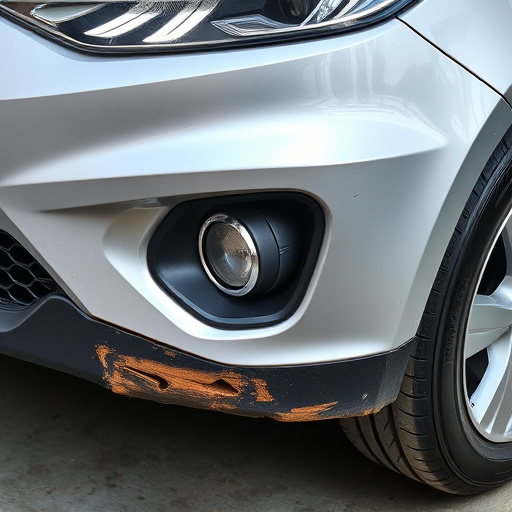
Understanding PDR Pricing Structure
PDR (paintless dent repair) pricing can vary based on several factors, reflecting its precision and non-invasive nature. Unlike traditional collision repair methods that involve sanding, priming, and repainting, PDR works by manipulating a vehicle’s original paint surface to remove dents and dings. The primary cost drivers for PDR services include the extent of damage, accessibility of the affected area, and experience of the technician. For instance, repairing a small dent on a fender bender may cost significantly less than addressing a complex panel or body line.
When considering PDR for your Mercedes Benz collision repair or any other auto body services, it’s crucial to discuss these factors openly with the repair shop. They should provide you with a transparent breakdown of costs, ensuring that you understand what’s included and excluded from the final bill. This open communication will help you make an informed decision while also guaranteeing that you receive quality PDR services tailored to your vehicle’s needs.
Key Factors Influencing Cost Estimates
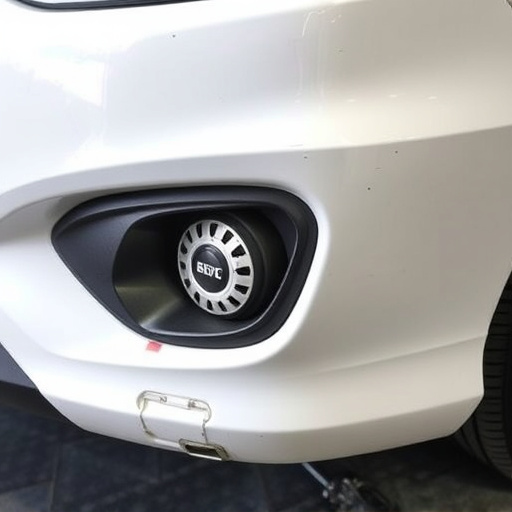
Several key factors significantly influence PDR (paintless dent repair) cost estimates. These include the size and depth of the dent, the type of vehicle, and the complexity of the repair process. Larger or deeper dents will generally incur higher costs due to the more extensive work required to restore the vehicle’s original appearance. Different types of vehicles also have varying repair needs; luxury vehicle repair, for instance, might involve specialized tools and techniques, driving up the price point.
Additionally, the collision repair process can add complexity and cost. If there are multiple dents or other damage from a collision, the overall repair bill will be higher. Auto glass repair, while not always part of PDR, may also factor into the total cost if it’s needed alongside dent removal to bring the vehicle back to its pre-incident condition.
Common Cost Considerations for Customers
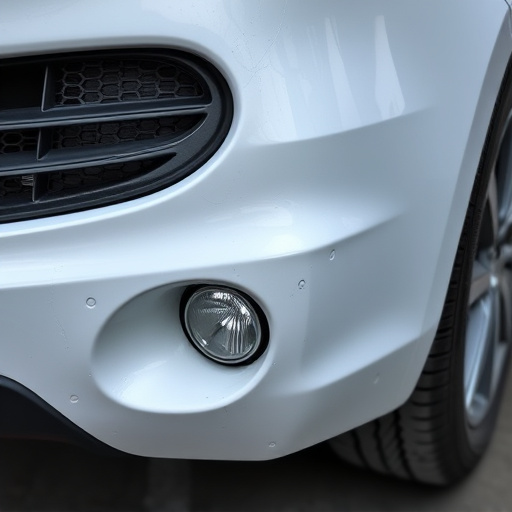
When considering PDR (paintless dent repair) for their vehicle, customers often look at several cost-related factors. One primary concern is the direct financial investment required for the service, which can vary based on the extent of the damage and the size of the dent or dents to be repaired. Simple, smaller dents might only cost a few hundred dollars, while more complex, larger repairs could run into the thousands.
Additionally, customers may weigh the indirect costs, such as time spent waiting for the repair and potential inconvenience caused by having to do without their vehicle during the process. Some also factor in the long-term savings, recognizing that PDR can preserve the original finish of a classic car restoration or vehicle body repair, thus avoiding costly repainting or re-finishing down the line. This approach not only saves money but also maintains the vehicle’s value and aesthetic appeal.
PDR pricing is influenced by several factors, including the size and complexity of the dent, access to the damaged area, and the skill level required. By understanding these key factors, both professionals and customers can make informed decisions regarding paintless dent repair costs. When considering PDR, remember that the right technician for your specific needs will ensure a high-quality, cost-effective solution, preserving your vehicle’s value without the need for traditional painting methods.

